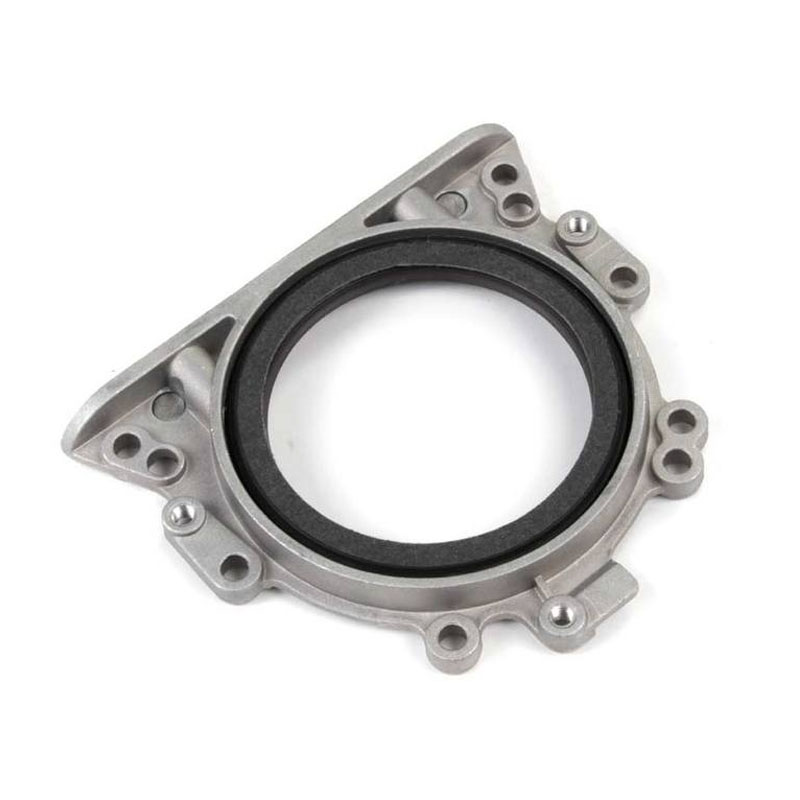Ensuring Effective Sealing Solutions for Oil Tanks to Prevent Leaks and Enhance Safety Measures
The Importance of Oil Tank Seal Integrity
Oil storage tanks play a crucial role in the energy sector, storing vast quantities of crude oil and refined petroleum products. Among the various components that ensure the efficient and safe operation of these tanks, the oil tank seal is of paramount importance. A robust oil tank seal prevents leakage, protects against contamination, and helps maintain the overall integrity of the storage system.
Understanding Oil Tank Seals
Oil tank seals are specifically designed components that fit into the joints and openings of storage tanks. Their primary function is to create a barrier that prevents the escape of liquids and gases, thereby ensuring that the contents remain secure and uncontaminated. These seals can be made from various materials, including rubber, silicone, PTFE (polytetrafluoroethylene), and other synthetic compounds that offer resistance to chemicals and temperature fluctuations.
The design of oil tank seals must take into consideration several factors, such as the type of oil being stored, the operating temperature and pressure, and environmental conditions. Effective seals are critical not only for operational efficiency but also for environmental protection. A single leak can have disastrous consequences, leading to soil and water contamination and posing significant health risks to nearby communities.
The Environmental Impact of Inadequate Seals
Failures in oil tank seals can result in leaks that may go unnoticed for extended periods, allowing harmful substances to seep into the ground or waterways. The environmental damage caused by such leaks can be substantial. Contaminated soil can take years to remediate, and water supplies can become unfit for consumption, impacting both ecosystems and human health. Organizations that fail to maintain proper seal integrity may also face severe financial penalties and reputational damage.
oil tank seal

To safeguard against these risks, regular inspections and maintenance of oil tank seals are essential. This includes checking for signs of wear and tear, ensuring proper installation, and adhering to guidelines set forth by regulatory bodies. By investing in high-quality seals and adhering to a rigorous maintenance schedule, operators can significantly reduce the likelihood of leaks and their associated repercussions.
Innovations in Oil Tank Seal Technology
With advancements in material science, new seal technologies are being developed that enhance leak prevention and longevity. For example, seals that incorporate smart materials can respond to changes in pressure or temperature, automatically adjusting to maintain a tight seal. Additionally, sensors can be integrated into seal systems, providing real-time monitoring of seal integrity and alerting operators to potential issues before they escalate into serious problems.
The evolution of oil tank seal technology reflects a broader trend toward increased safety and environmental responsibility in the oil and gas industry. As regulations become stricter and public awareness of environmental issues grows, companies are recognizing the importance of investing in reliable sealing solutions as part of their sustainability initiatives.
Conclusion
In conclusion, the integrity of oil tank seals is essential for the safe and efficient operation of oil storage facilities. By preventing leaks and protecting against contamination, these seals play a critical role in safeguarding both the environment and public health. As advancements continue to shape seal technology, the oil and gas industry must prioritize maintenance, monitoring, and innovation to ensure that their operations remain secure and environmentally responsible. By taking proactive measures, oil tank operators can mitigate the risks associated with storage and contribute to a more sustainable future.
-
Understanding the Front Main Engine Seal: Purpose, Maintenance, and Installation
News Jul.29,2025
-
Understanding O-Rings and Seal Rings: Types, Applications, and Custom Solutions
News Jul.29,2025
-
Understanding Crankshaft Oil Seals: Rear Seals, Pulley Seals, and Their Role in Engine Integrity
News Jul.29,2025
-
The Importance of Front and Rear Crankshaft Seals in Engine Performance and Oil Management
News Jul.29,2025
-
Crank Oil Seals: Functions, Types, and Cost Considerations in Engine Maintenance
News Jul.29,2025
-
A Comprehensive Guide to O-Rings and Seals: Types, Materials, and Global Applications
News Jul.29,2025
-
Mastering Diesel and Performance Engine Maintenance: A Guide to Critical Oil Gaskets
News Jul.28,2025
Products categories















